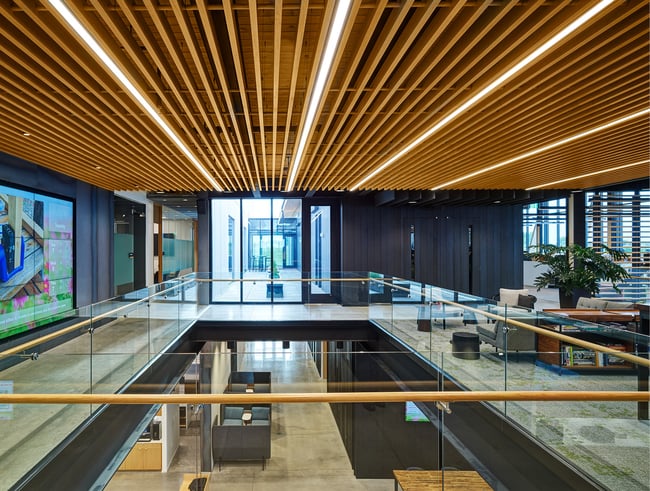When Can You Spend Your Contingency on a Building Project?

From shipping delays to unforeseen site conditions, construction presents plenty of unknowns. To prepare for these situations, it’s wise to set aside a contingency before you head into construction. Contingencies often equal 5-10% of a project’s construction cost, though the exact amount depends on the project’s size and complexity.
At some point in the construction process, you may wonder if the contingency is still necessary. If there are no more unknowns, can you spend the available funds?
We get this question a lot and understand the importance of maximizing your funding. Although you can eventually spend any remaining contingency funds, it’s important to wait until the right time.
This article will help you determine when to spend a contingency by discussing the types of contingencies you should set aside on a building project, the situations they cover, and the appropriate time to use your remaining funds.
Types of Contingencies on a Building Project
Most building projects involve two types of contingencies: one for the design process and one for construction.
A design contingency is a portion of the budget set aside while you explore options and estimate costs. Throughout the design process, the construction cost estimate gets more accurate, reducing the need for the design contingency.
For example, at the start of Schematic Design, you may set aside 15% of your construction budget, but by the start of the Contract Documents phase, you may only set aside 5%. After completing the contract documents, all cost estimates should be up to date, allowing your architect to remove the design contingency.
A construction contingency covers unforeseen situations that arise during the construction process. While most projects set aside 5-10% of the construction cost, more complex projects may require a greater amount.
Along with design and construction contingencies, some projects require a bidding contingency. Building owners utilizing a public bidding process may need to set aside 5% of the construction budget to cover any discrepancies between the cost estimate and the bid.
For a more detailed explanation, read about the three types of contingencies you will encounter on a building project.
Situations Requiring a Contingency
While you can eliminate the design contingency after your architect completes the contract documents, you will hold onto your construction contingency for the remainder of the project. Construction contingencies cover unexpected situations, unforeseen conditions, and general errors.
Often, building owners use them to cover the cost of:
- Previously unknown soil conditions
- Unexpected demolition or material removal
- Unexpected material testing and abatement (for renovations)
- Shipping delays
- Schedule delays
Renovations tend to present more unknowns than new construction. As such, we always recommend owners set aside a greater amount when dealing with an existing structure.
Spending Your Construction Contingency
A contingency is meant for emergencies–not design changes or upgrades. We recommend waiting until there are no more unknowns before dipping into any remaining funds.
Although most unknowns occur earlier in the construction process, you can experience supply chain issues at any time. Due to the pandemic, these situations are increasingly common.
It’s best to wait until the end of construction before spending the remaining funds.
If you spend your contingency, we recommend upgrading finishes. By the time you can spend the funds, larger-scale decisions are set in stone. You can also use the contingency to increase your FF&E (Furniture, Fixtures, and Equipment) or AV (Audio/Visual) budget.

Leftover contingency funds can contribute to FF&E and AV budgets.
Learn More About Contingencies and Cost Tracking
Contingencies are vital to a successful building project. They help cover unforeseen situations and mitigate the likelihood of cost overruns.
Although you can spend leftover contingency funds, it’s best to wait until the end of construction. Supply chain issues, price increases, and general errors can creep up at any time. Waiting to spend your contingency is the best way to protect your budget.
Generally, building owners are responsible for tracking the contingency. However, in some situations, contractors may hold the contingency and track the cost. Learn more by reading about cost-tracking responsibilities on a building project.